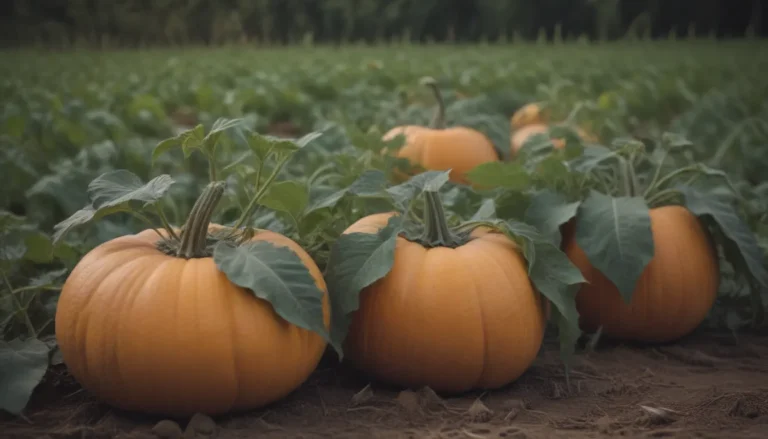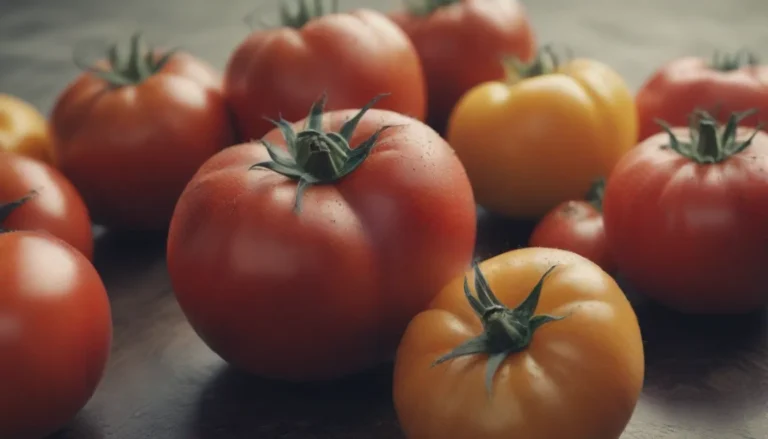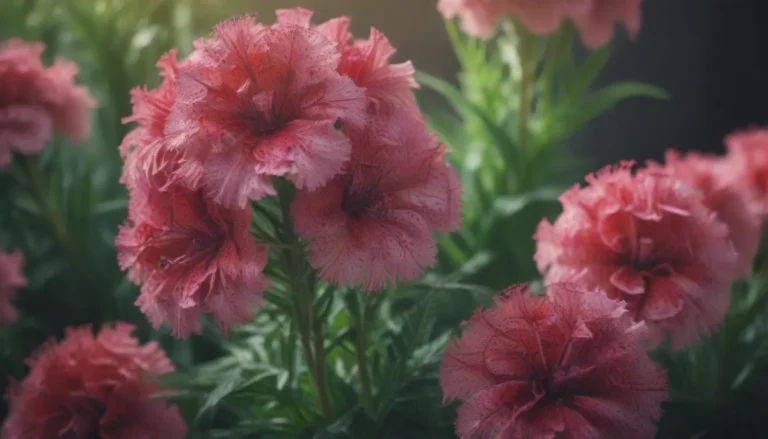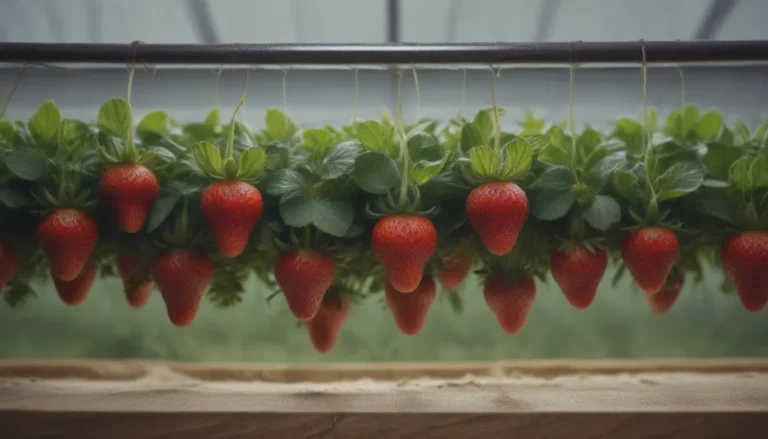Complete Guide to Growing and Caring for Cinnamon Plants

If you’ve ever experienced the warm, inviting aroma of cinnamon, you know just how delightful this spice can be. But did you know that you can actually grow and harvest your own cinnamon plants right at home? In this comprehensive guide, we’ll take you through everything you need to know about how to successfully cultivate and care for cinnamon plants, from planting to harvesting and everything in between.
Getting Started with Cinnamon Plants
Cinnamon plants, belonging to the Cinnamomum spp., are tropical plants that thrive in warm climates. If you live in USDA hardiness zones 10 through 12, you can grow cinnamon plants outdoors. Most gardeners opt to start with nursery plants rather than seeds, as they are easier to care for. Here are the key care requirements to keep in mind when cultivating cinnamon plants:
Light
Cinnamon plants need plenty of sunlight to thrive. Aim to provide them with at least six to eight hours of direct sunlight each day. However, in extremely hot and dry weather, some afternoon shade can be beneficial to prevent the plants from getting scorched.
Soil
It’s important to plant cinnamon in rich, well-draining soil. A sandy loam soil works best, as cinnamon plants do not do well in waterlogged or heavy clay soils. If your garden soil doesn’t meet these requirements, consider growing your plants in containers with the right soil mix.
Water
Cinnamon plants love regular moisture, similar to the rainfall they receive in tropical regions. Keep the soil consistently moist, but not waterlogged. Water your plants whenever the top two inches of soil have dried out, and use mulch to retain moisture and keep the roots cool.
Temperature and Humidity
Cinnamon plants thrive in warm, humid conditions. They prefer temperatures around 80 degrees Fahrenheit and do not do well in temperatures below 40 degrees Fahrenheit or very dry conditions. If you live in a colder climate, consider growing cinnamon plants in containers that can be moved indoors during the winter months.
Fertilizer
To start your cinnamon plants off right, use a balanced, slow-release fertilizer in the planting hole. Then, fertilize your plants every spring following label instructions to ensure they have the nutrients they need to thrive.
Types of Cinnamon Plants
There are several species of cinnamon plants, each with its unique characteristics. Some common varieties include:
- Cinnamomum verum
- Cinnamomum cassia
- Cinnamomum loureirii
Each species may have different growth habits, so it’s essential to understand the specific needs of the variety you are cultivating.
Pruning and Harvesting Cinnamon Plants
Pruning
While cinnamon plants don’t require extensive pruning, it’s essential to remove any dead, damaged, or diseased branches to keep the plant healthy. Regular maintenance can help prevent issues and encourage healthy growth.
Harvesting
You can harvest cinnamon from your plants approximately two to three years after planting, and then every two years thereafter. To harvest, cut off individual branches or the entire tree at the trunk. Scrape away the outer bark to reveal the edible inner bark, which can be peeled off in strips. Let the strips dry indoors for about a week before grinding or using them in stick form.
Propagating and Growing Cinnamon Plants
Propagation
You can propagate cinnamon plants from stem cuttings in the spring or early fall to create new plants. This process can help you expand your cinnamon garden or share plants with others.
Growing from Seed
If you have access to cinnamon plant fruits, you can start new plants from seeds. This method allows you to grow cinnamon from scratch and enjoy the entire growth process from the beginning.
Potting and Repotting
For those in colder regions, growing cinnamon plants in containers can be a great option. Choose a large container with adequate drainage and a loose, well-draining potting mix. Water your plants regularly, and consider moving them outdoors during the summer for optimal growth.
Overwintering
In cooler climates, you can overwinter cinnamon plants in a greenhouse or indoors. If you keep your plants outdoors, be sure to protect them from freezing temperatures to ensure they survive the winter months.
Common Pests and Diseases
Fungal diseases and insect pests can pose challenges for cinnamon plants, particularly in stressful conditions. Keep an eye out for issues like leaf spot, leaf miners, and mealybugs, and address them promptly with organic treatments if needed.
Troubleshooting Common Issues with Cinnamon Plants
Even with proper care, cinnamon plants may encounter problems. Here are a few common issues and how to address them:
- Yellowing Leaves: Overwatering is a common cause of yellowing leaves. Adjust your watering schedule to ensure the soil is consistently moist but not waterlogged.
- Brown Specks on Leaves: Brown speckling can be a sign of disease. Remove affected parts promptly and treat with a fungicide to prevent further damage.
Conclusion
Growing and caring for cinnamon plants can be a rewarding experience, allowing you to enjoy the fresh, aromatic spice right from your garden. By following these tips and guidelines, you can cultivate healthy, thriving cinnamon plants that will provide you with a bountiful harvest for years to come. Whether you’re a seasoned gardener or a beginner looking to expand your plant collection, cinnamon plants are an excellent addition to any garden. So roll up your sleeves, grab your gardening tools, and get ready to grow your very own cinnamon plants today!





